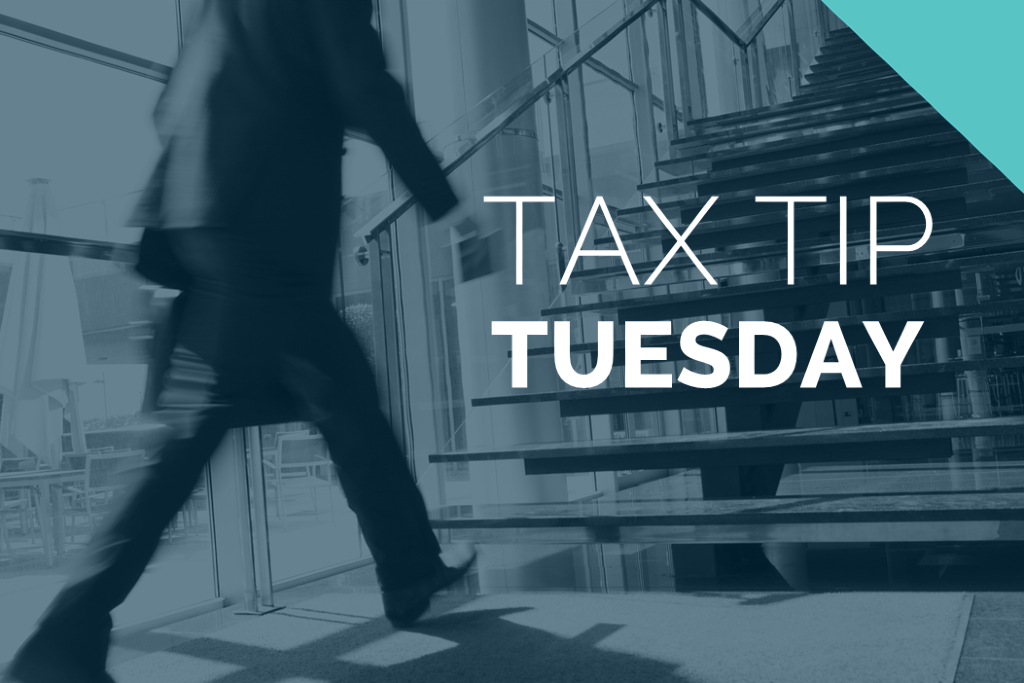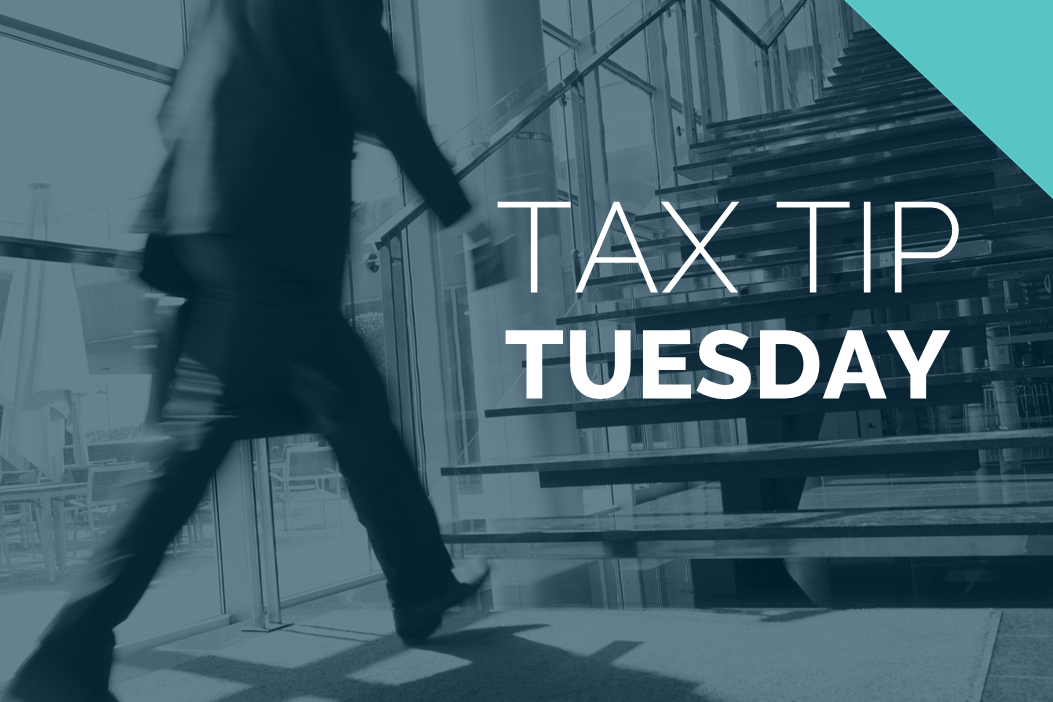Effective May 21, 2023, P&N has joined EisnerAmper. Read the full announcement here.

Does a health savings account (HSA) come to mind when you think of long-term financial planning? For most people, an HSA is used in the short term to cover medical expenses as they arise. While HSAs were created with that treatment in mind, these accounts can be an effective long-term financial planning tool.
Health savings accounts were created in 2003 to complement and incentivize high deductible healthcare plans (HDHPs). The type of HSA you can have is therefore tied to your HDHP and whether the plan covers you individually or your family as well. In 2021, an HSA covering an individual has a contribution limit of $3,600 while one covering a family has a limit of $7,200. These limits are adjusted annually. An individual over age 55 can also contribute an additional $1,000 whether they have an individual or family plan.
There are three incentives to use an HSA as part of your long-term financial strategy:
- A tax deduction is allowed in the tax year a contribution is made to the HSA.
- The money inside the HSA grows tax-free.
- Money taken out of the HSA for qualified medical expenses is not taxed.
While it’s easy to think of an HSA as a type of bank account, it comes with options and advantages beyond what bank accounts typically provide. Many HSA account providers allow money to be placed with an investment broker so that contributions can be invested. This is a strategy worth considering carefully.
The most efficient way to use an HSA is to avoid removing the money in the account. If possible, medical expenses should be paid with money outside the HSA. This allows the balance inside the HSA to grow tax free and build over time. Any receipts for medical expenses paid should be kept for the future since the receipts can be used to reimburse yourself in the future. Distributions to reimburse yourself for a qualified medical expense previously paid with money outside of an HSA are tax free. This strategy provides a triple tax benefit that no other type of account can match.
After age 65, money can be withdrawn from the HSA account for nonmedical expenses, but those distributions will be taxed. This treatment is similar to a traditional individual retirement account (IRA). Another similarity between the HSA and traditional IRA is that money distributed before the age requirement is reached that does not reimburse a medical expense will be subject to penalty. This is why tracking receipts is so important.
With the right planning, a health savings account can be an effective tool to help you plan for the future and save for retirement. Contact your P&N tax advisor to discuss your questions, concerns, and unique situation as it relates to health savings accounts and other tax considerations.




